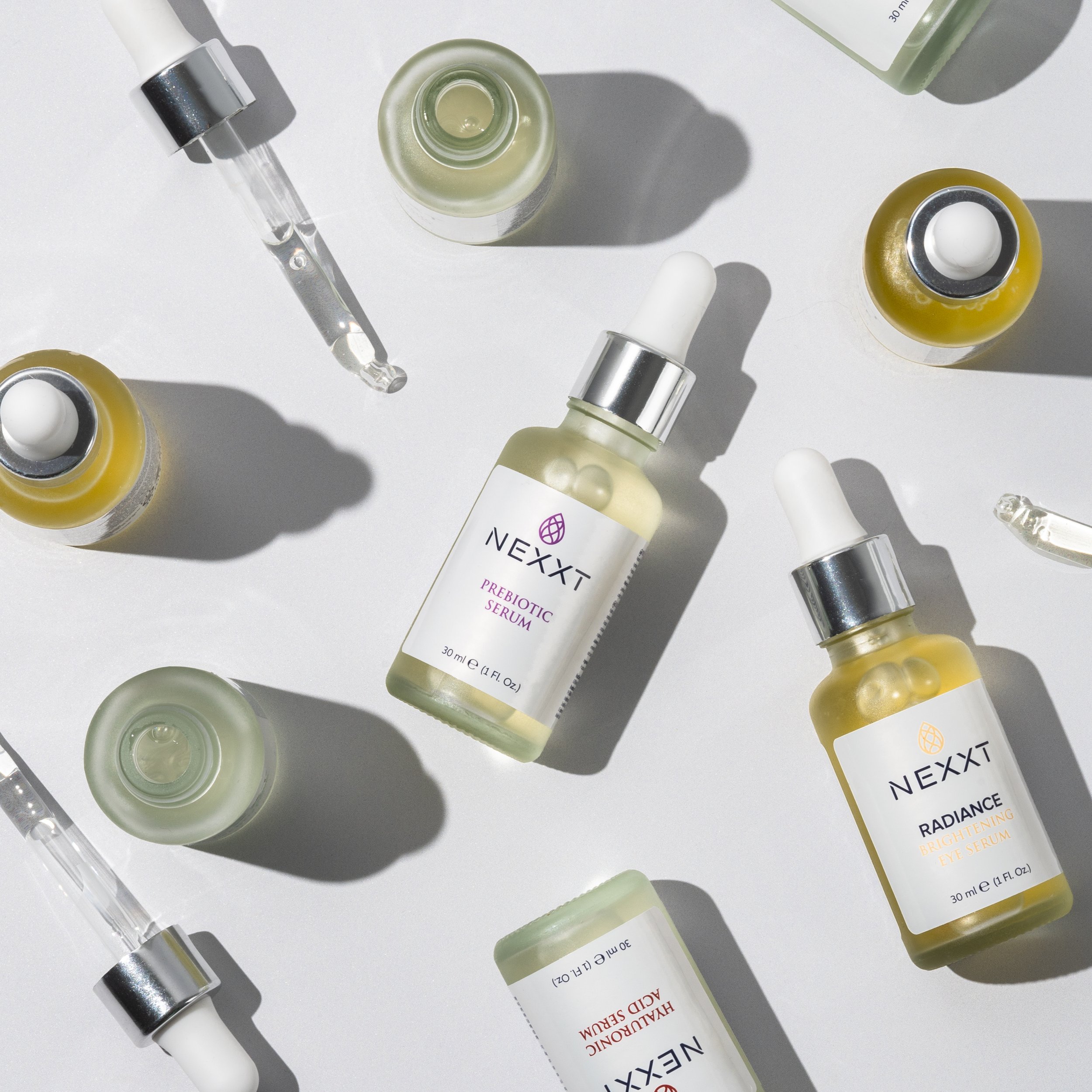Optimizing Product Images For SEO
In the vast universe of the internet, where a picture is worth more than just a thousand words, nailing the art of optimizing product images for search engines has become a game-changer in the world of SEO. We all know that a killer image can make hearts skip a beat, but what's the point if it's buried beneath the vast expanse of the web? That's where the magic of image SEO comes in. This article takes you on a journey through the ins and outs of making your images shine brighter in search results. From picking the right pics to giving them catchy names and ensuring they load faster, we're diving into how to make sure your visuals don't just look good, they also get found.
All images featured were created by Mainstream Multi-Media
The Significance of Visuals in SEO
Visuals have an innate ability to resonate with human emotions and cognition. A well-chosen image can convey the essence of a product, evoke emotions, and tell a story. When effectively integrated into an SEO strategy, visuals can enhance user engagement, decrease bounce rates, and ultimately contribute to higher conversion rates.
Image Selection and Quality
The first step to optimizing product images for search is selecting high-quality visuals that align with mesh well together. Blurry or pixelated images can deter potential customers, negatively affecting the user experience and search rankings. Investing in professional photography or utilizing high-resolution images can significantly enhance the visual appeal of the website.
Naming and Formatting Images
The way images are named and formatted can impact their discoverability. Descriptive file names that incorporate relevant keywords can improve the chances of images appearing in search results. Additionally, using hyphens instead of underscores in file names, along with avoiding special characters, ensures compatibility across different platforms and devices.
Alt Text: The Power of Description
Alt text, or alternative text, serves as a textual description of an image for those who cannot view it, such as visually impaired users and search engine crawlers. Including descriptive alt text provides search engines with valuable information about the image's context and relevance.
Captions and Contextual Relevance
Captions provide an opportunity to add context and relevant information to images. Engaging captions can capture the user's attention and convey additional details that might not be immediately apparent from the image itself. Including keywords naturally in captions can also contribute to SEO efforts.
Image Compression and Page Load Speed
Large image file sizes can significantly slow down website loading times, leading to a poor user experience and lower search rankings. Compressing images without compromising quality is crucial. This can be achieved through various online tools and plugins that reduce file sizes while maintaining visual integrity.
Mobile-Friendly and Responsive Designs
With the majority of internet users accessing content through mobile devices, ensuring that images are optimized for mobile viewing is essential. Responsive designs and mobile-friendly formats guarantee that images adapt seamlessly to various screen sizes and orientations. Google views this as a bonus thus, pushing your website higher up in search results.
Image Sitemaps and Structured Data
Creating an image sitemap and implementing structured data markup specific to images can help search engines better understand and index visual content. This enhances the likelihood of images appearing in image search results, increasing their visibility.
Social Media Integration for Image SEO
Social media platforms provide an excellent opportunity for visual content promotion. Sharing and integrating images across social media channels can lead to increased exposure and potentially drive traffic back to the website.
User Engagement and Dwell Time
Engaging visuals can keep users on a webpage for longer periods, positively impacting dwell time—a metric search engines consider when evaluating a website's quality and relevance. Well-optimized visuals can thus indirectly influence search rankings.
Monitoring and Analytics
Regularly monitoring the performance of optimized images is crucial. Utilizing analytics tools allows businesses to track metrics such as user engagement, click-through rates, and conversion rates, enabling them to refine their image SEO strategy over time.
A/B Testing for Visual Optimization
A/B testing involves comparing two versions of a webpage to determine which performs better. This methodology can be applied to image optimization by testing different images, formats, or placements to identify which resonates more effectively with the target audience.
Conclusion
Optimizing product images for search engines is no longer an option but a necessity in the modern digital landscape. Visuals have the power to captivate, inform, and persuade, and ensuring they are discoverable through effective SEO strategies can lead to enhanced user experiences and business success.
FAQs
Why is image optimization important for SEO?
Image optimization is important for SEO because it enhances user experience, boosts engagement, and contributes to higher search rankings.
What is alt text, and why is it crucial for images?
Alt text is a textual description of an image that improves accessibility for visually impaired users and provides search engines with context about the image.
How can image compression improve website performance?
Image compression reduces file sizes, leading to faster page load times, better user experience, and improved SEO rankings.
What role do captions play in image optimization?
Captions provide context, engage users, and offer an opportunity to naturally incorporate keywords for SEO purposes.
How can businesses measure the effectiveness of their image SEO strategies?
Businesses can measure image SEO effectiveness through analytics tools that track engagement metrics, conversion rates, and organic traffic.










Discover effective strategies to promote your photography business on social media. This comprehensive guide covers tips on building your brand, engaging with your audience, and optimizing content to boost your online presence and attract more clients.